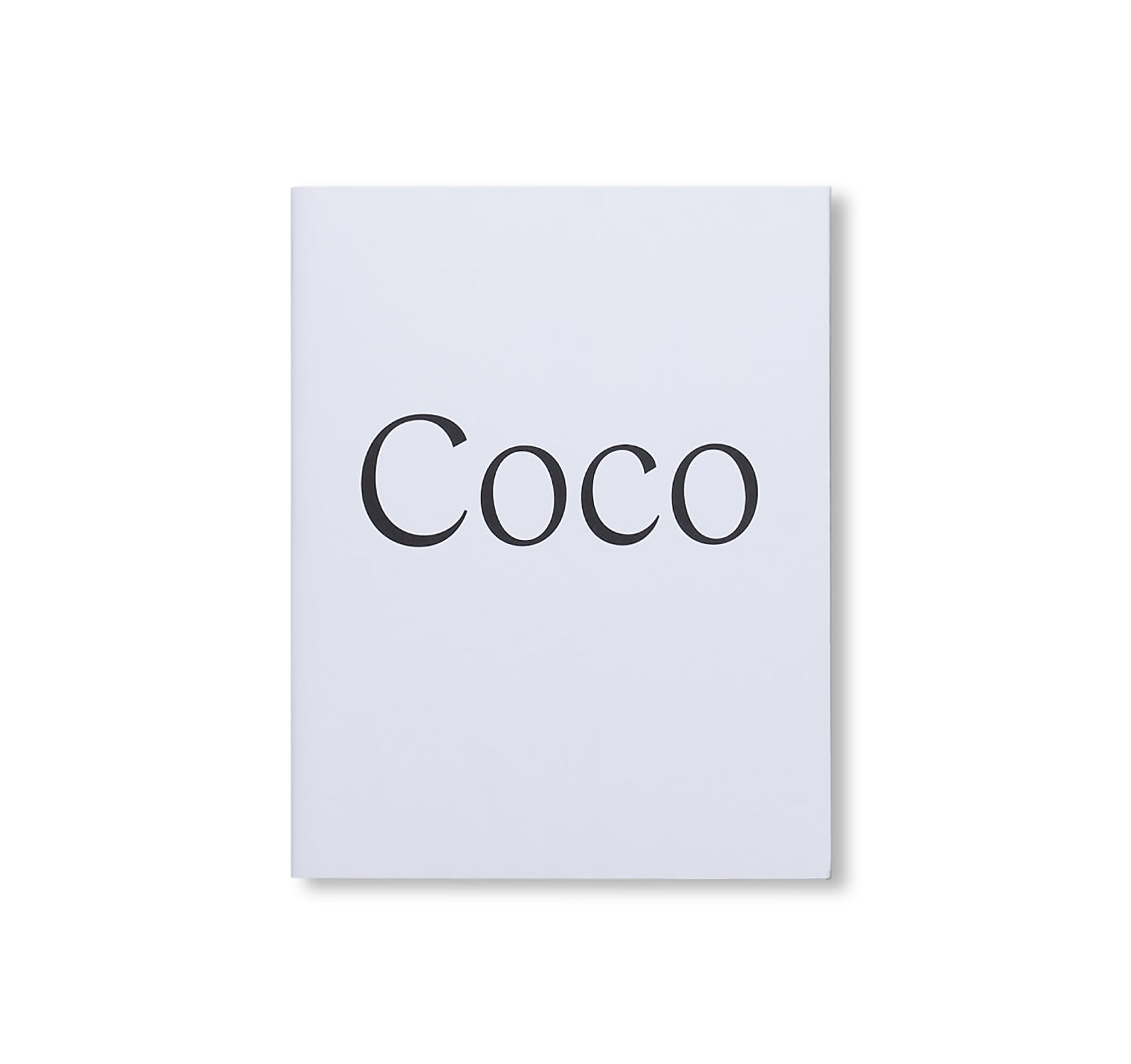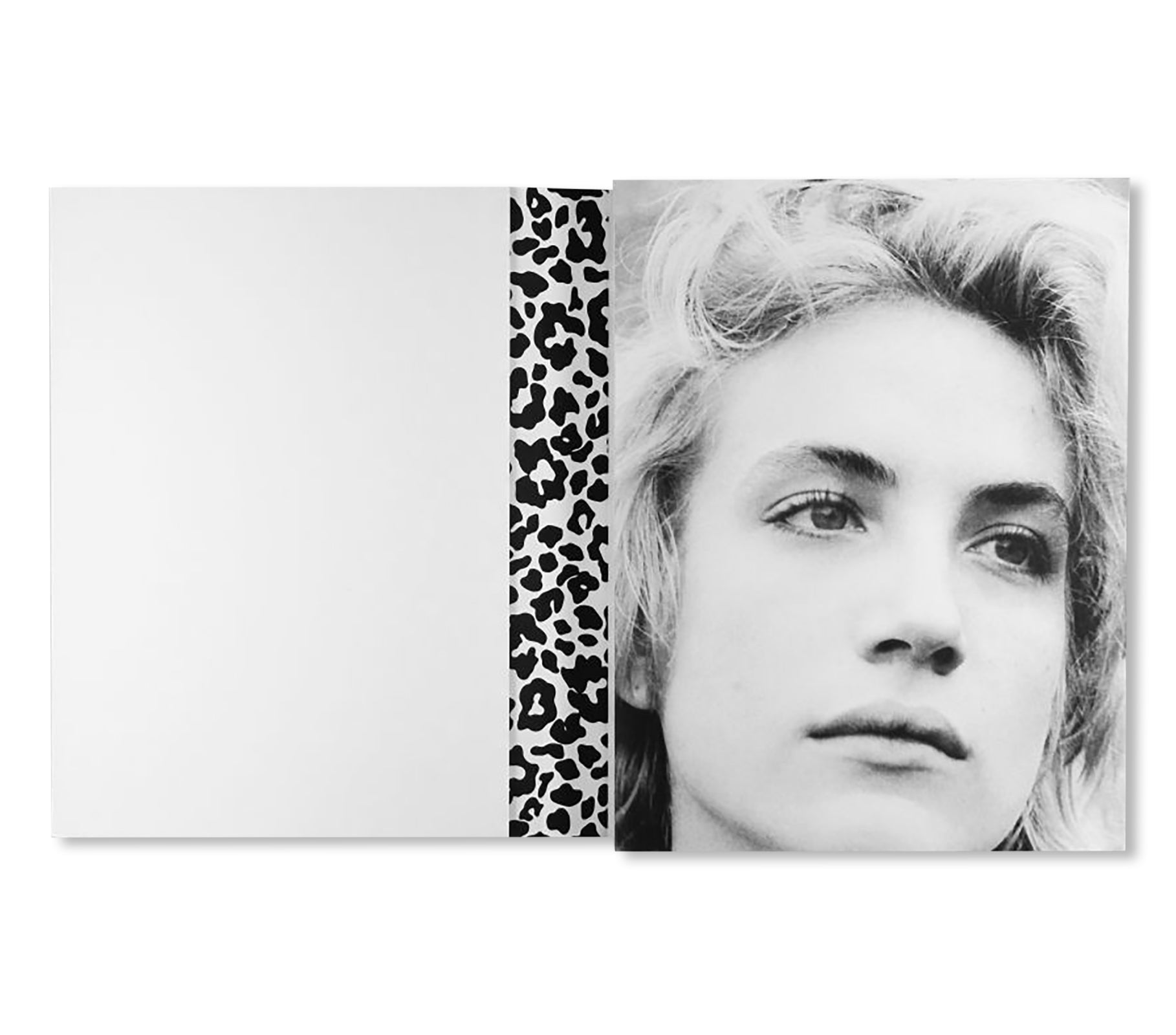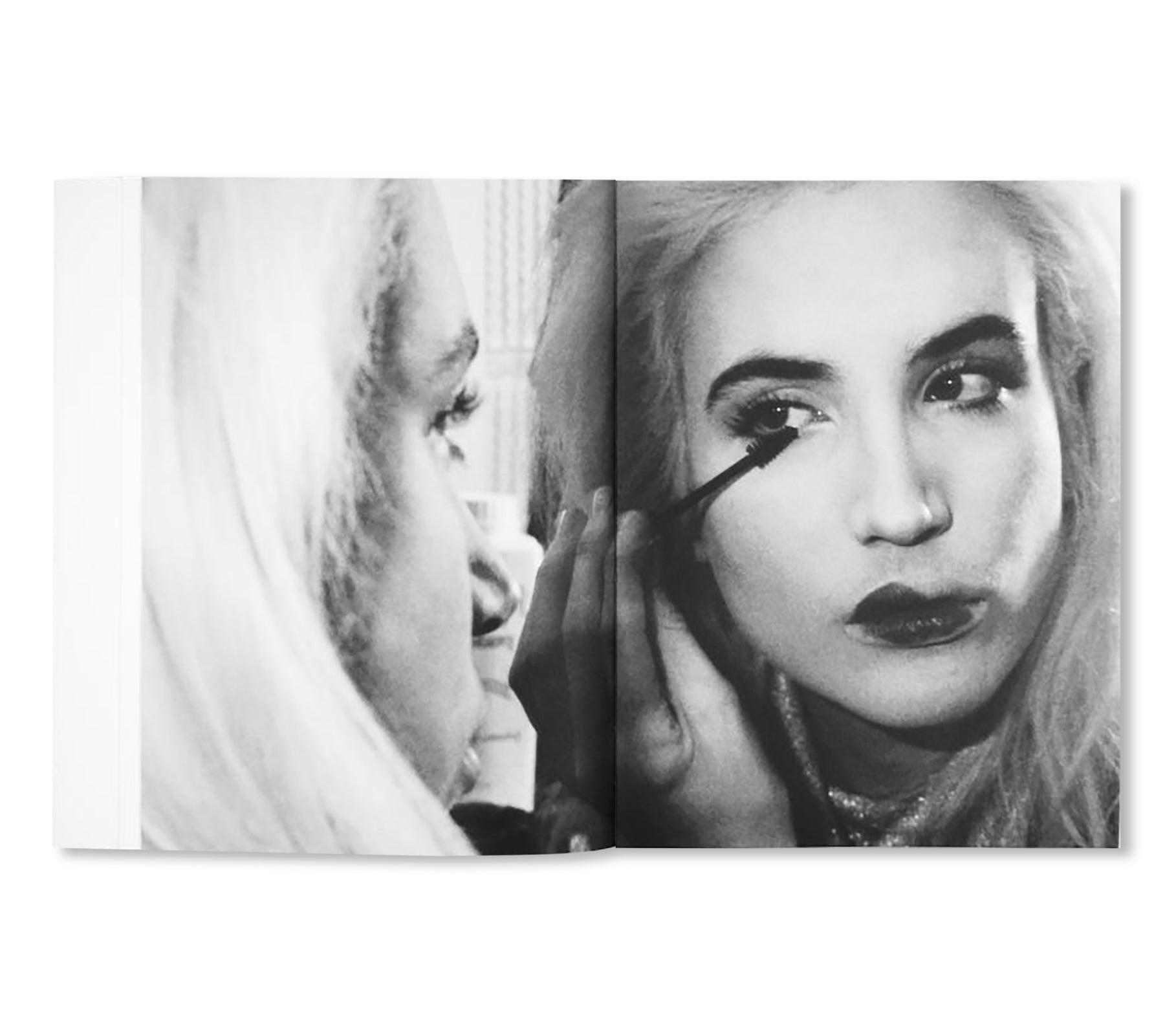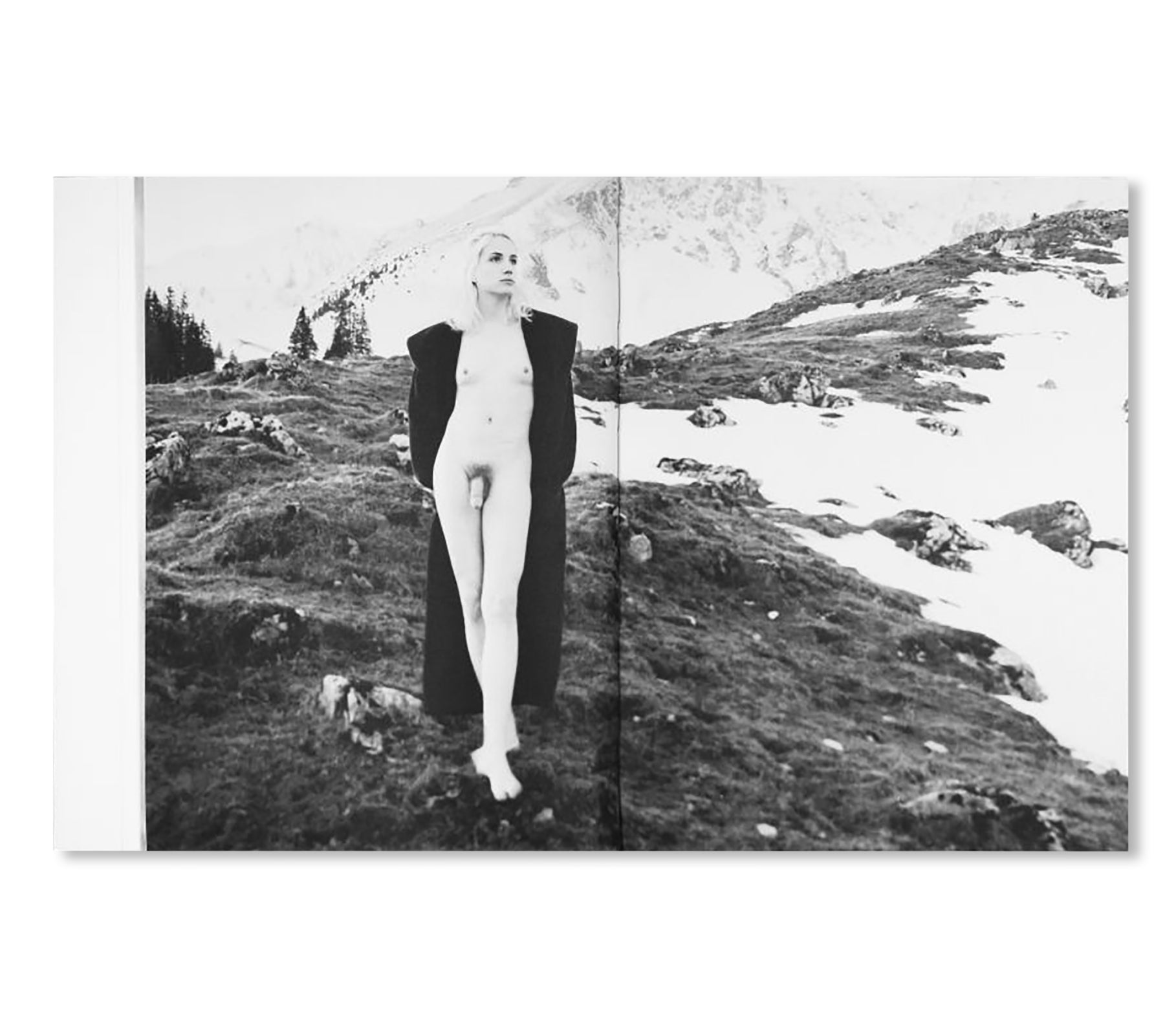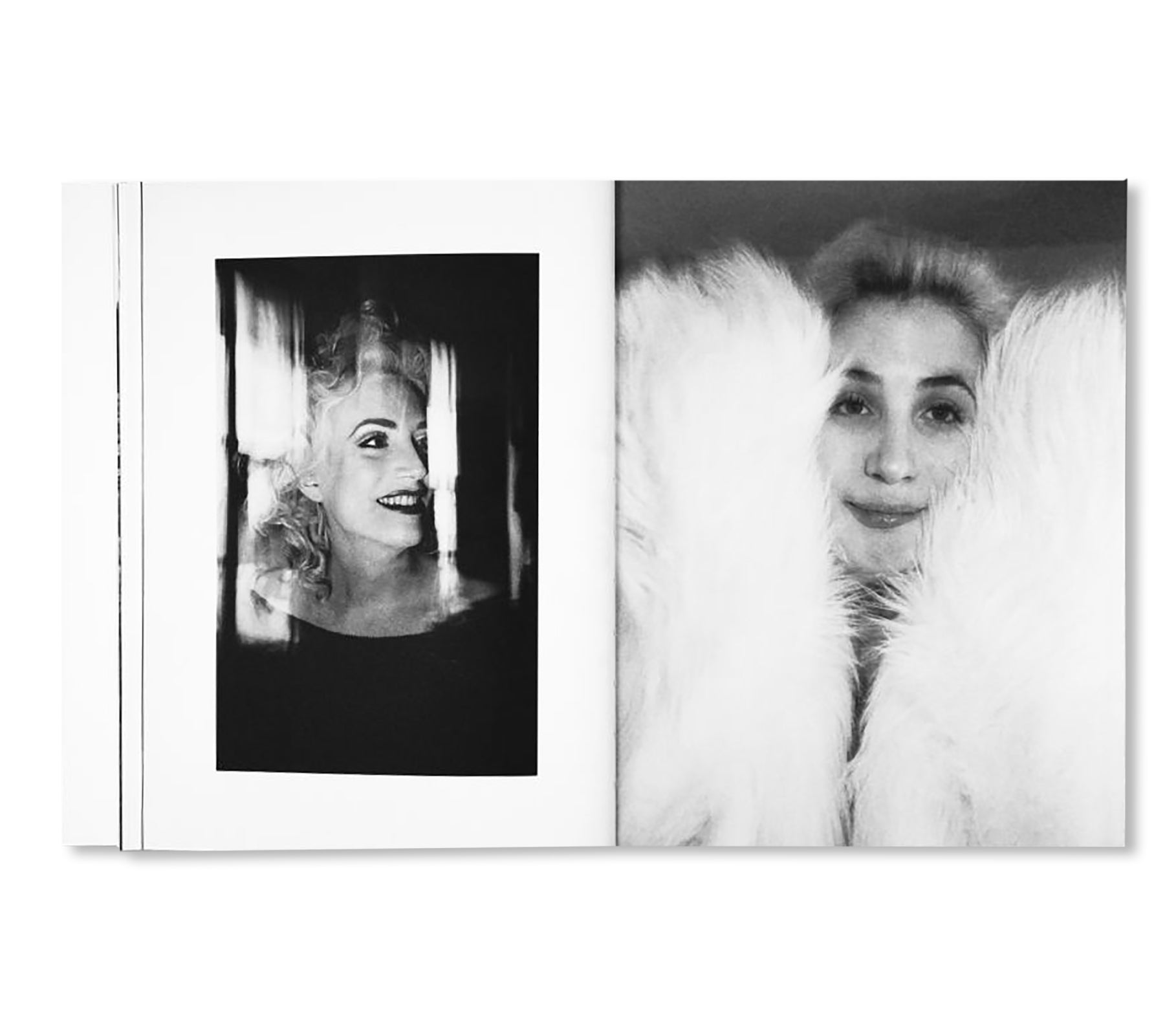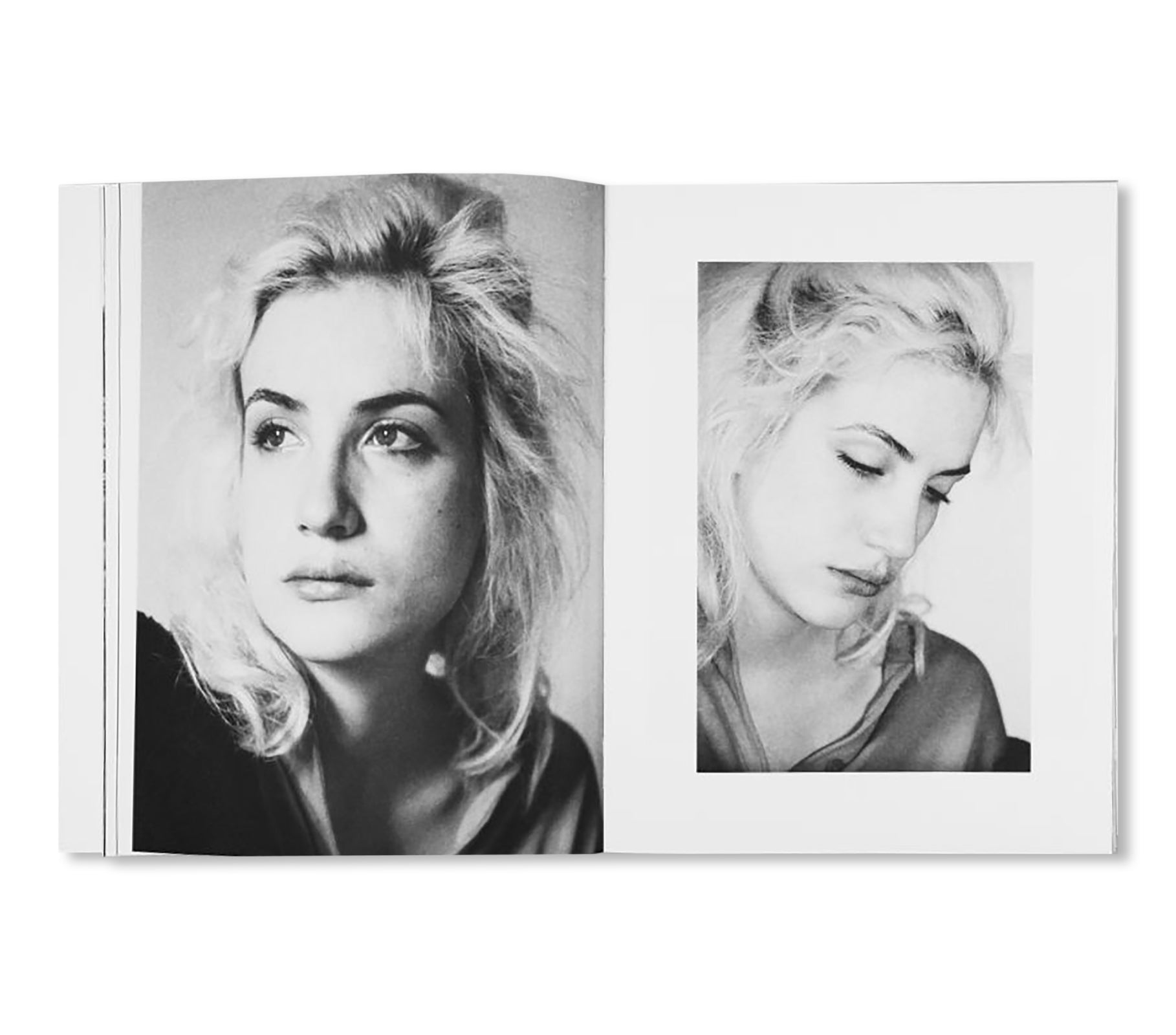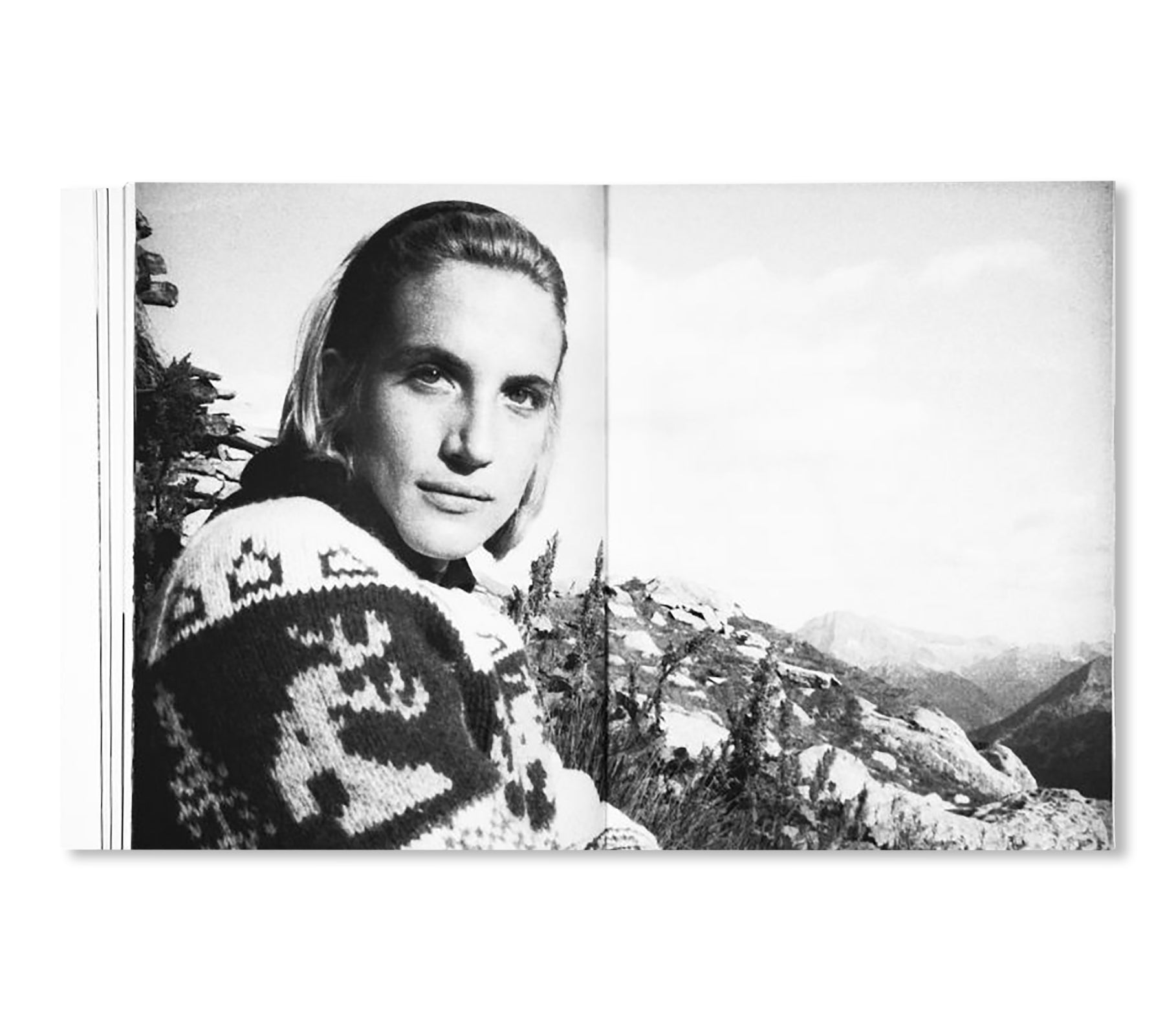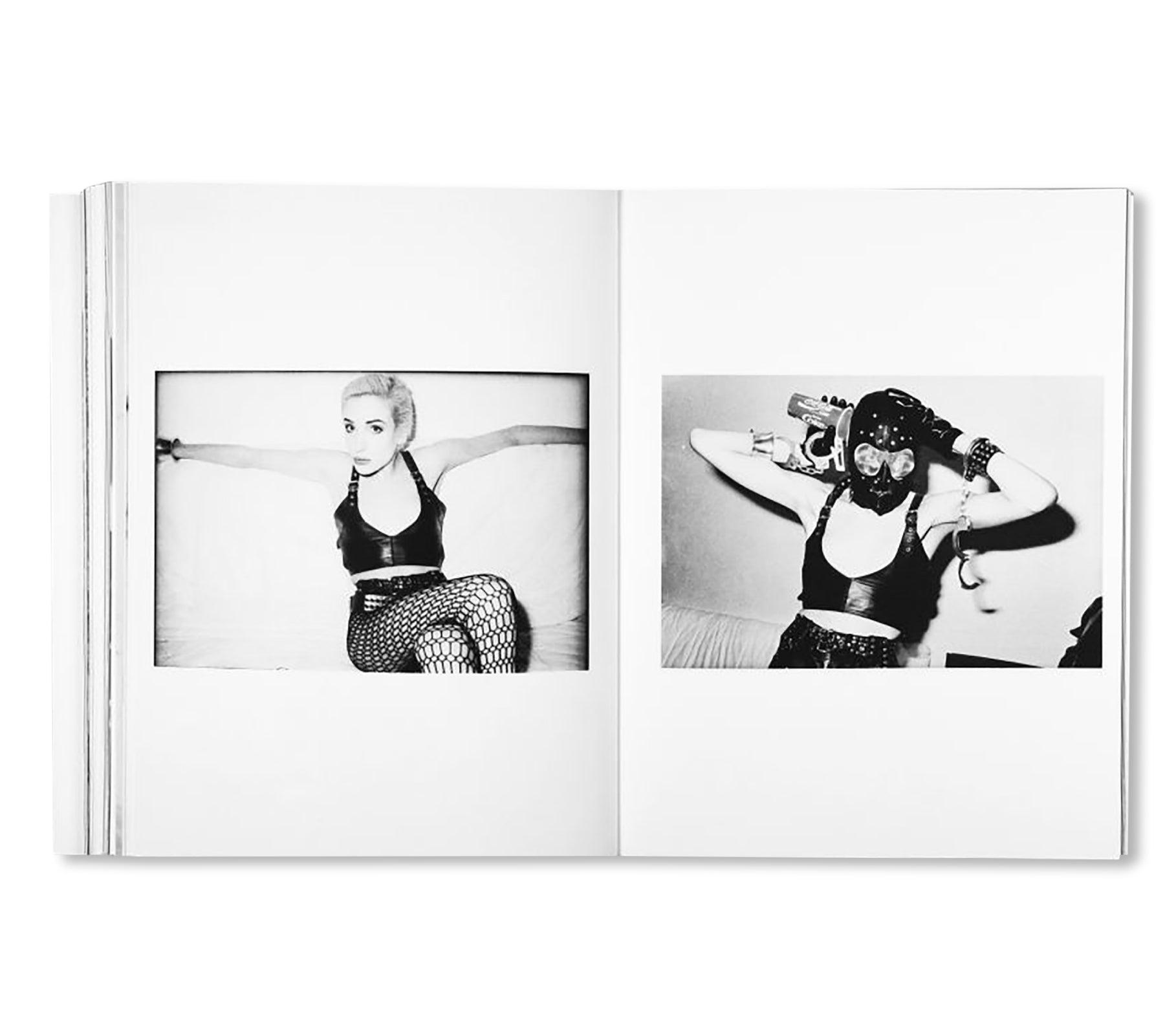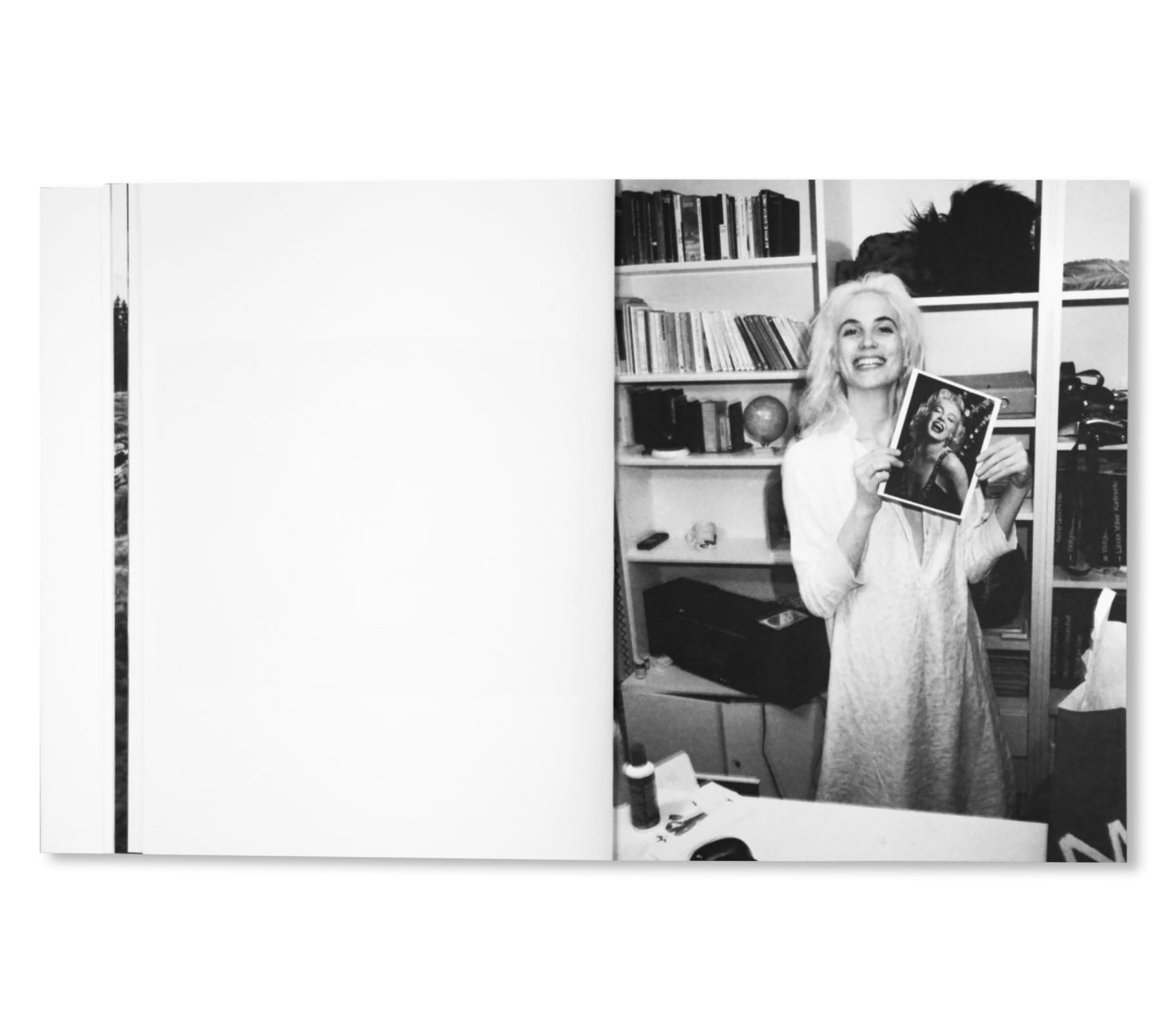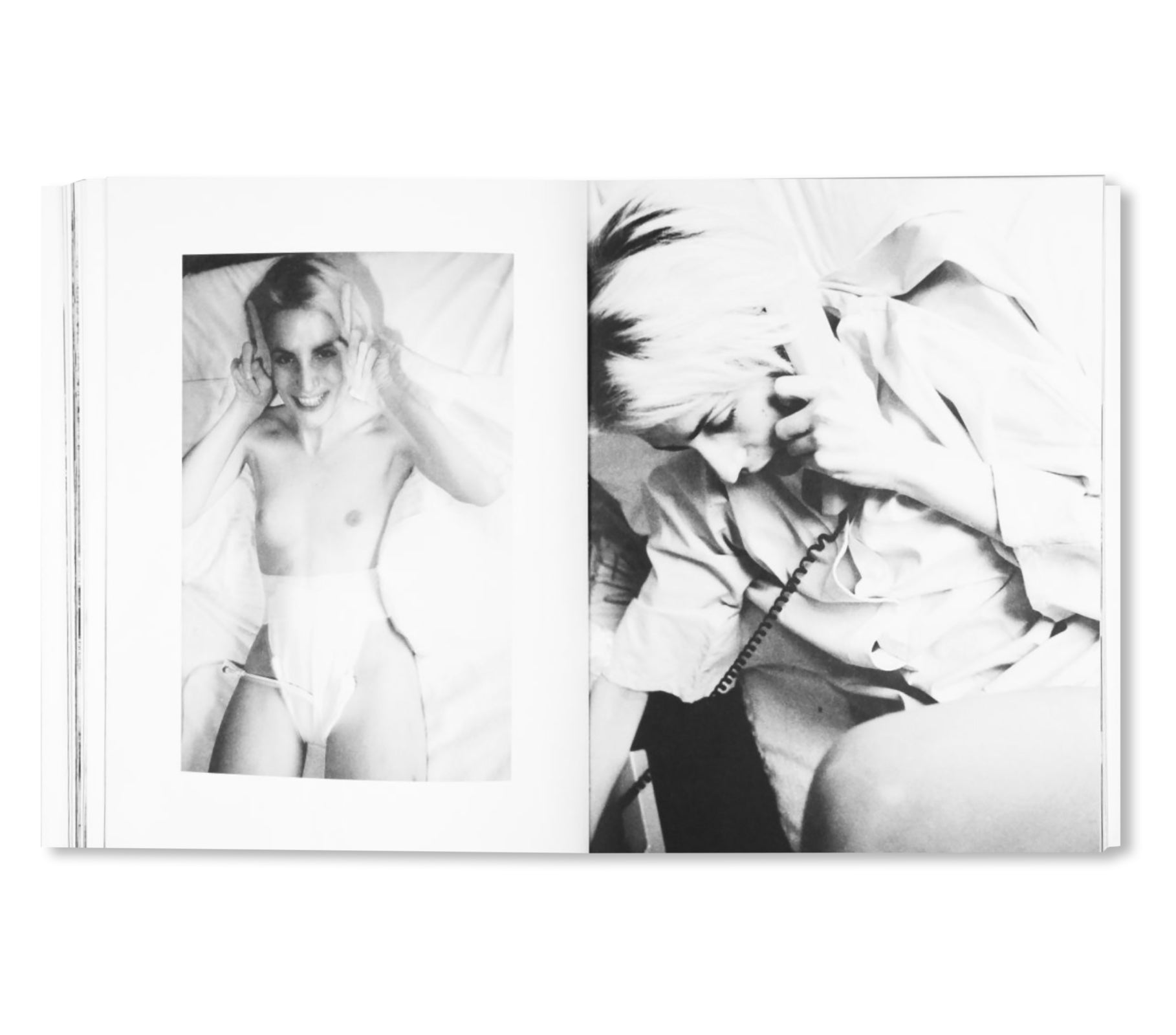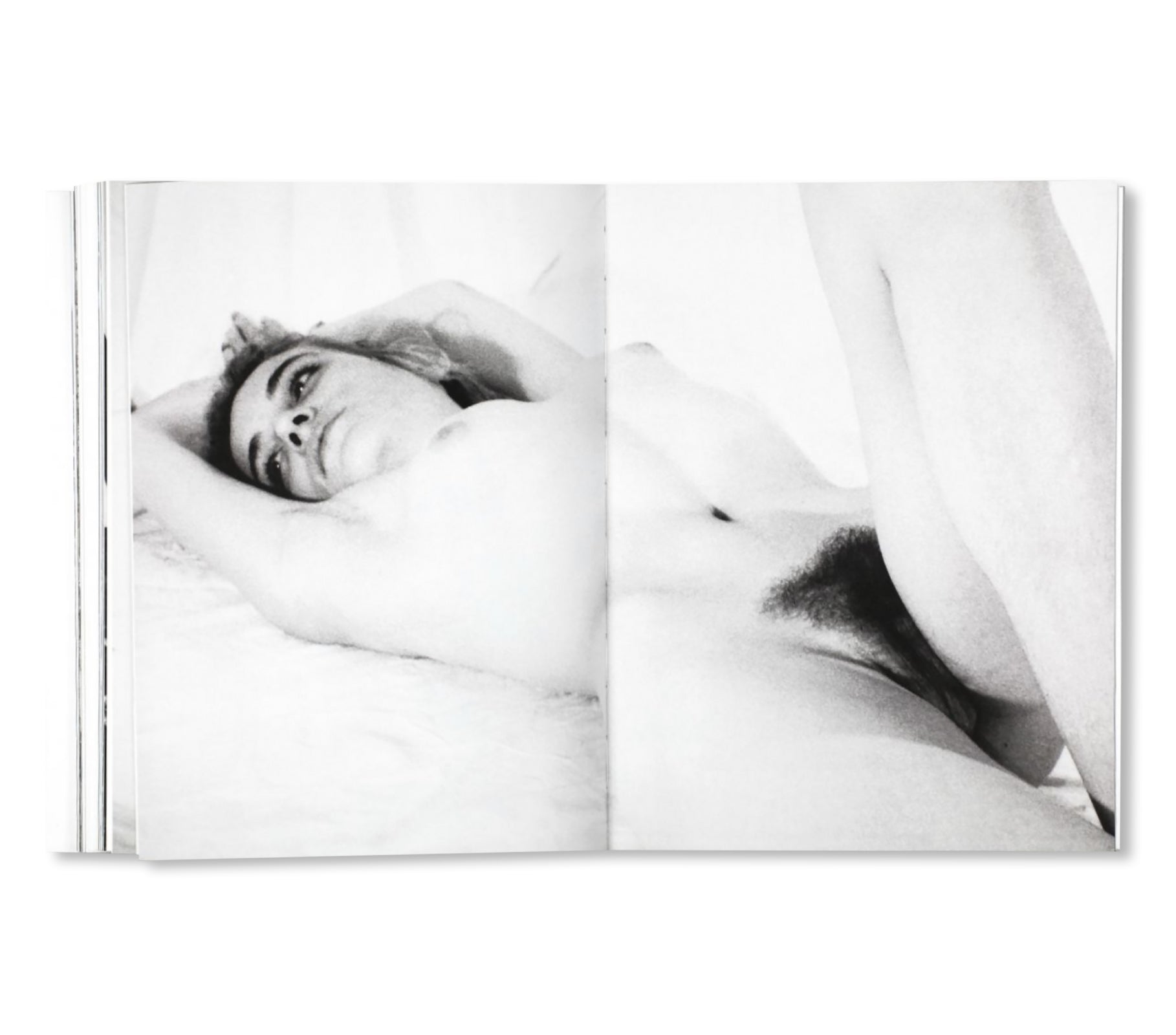COCO by Olivier G. Fatton
フォトグラファー、オリビエ・ファットン(Olivier Fatton)の作品集。トランスセクシュアル・アナキストを名乗るパフォーマンスアーティスト、家と呼べる場所もないマッチョな女性。スイスのデザイナー、マリアンヌ・アルヴォーニ(Marianne Alvoni)のファッションモデルを務め、スイスのタブロイド紙に付け狙われていた「ココ」、「ダナ」、「パトリシア」などと呼ばれていたイブ・クロディーヌ・ロレタン(Éve-Claudine Lorétan)は、あまりに短いその生涯の中で、様々な自分を演じていた。1989年11月のある日曜日に「ココ」と出会った作者は、「この美しくも悲し気な天使」に一目で心を奪われたという。ベルンのゲイバーでコーヒーを飲みながら、二人はある取引をした。それは、ココがモデルになる代わりに、作者がココの性転換手術を記録するというものだった。二人の仕事上の関係はすぐに恋愛に発展し、作者はココという華やかな存在を多面的なフォトエッセイで表現し続けた。自宅やクラブ、そしてアルプスを行く旅の途中で撮られた親密なポートレイトや演出を施したファッションショットが織りなすモザイクのようなイメージには、ココがかつて「私の2番目の口になった」と言った、あのメランコリックな大きな瞳が絶えず写し出されている。ココが記した1,000ページにも及ぶ手記は誰かに盗まれてしまった。20世紀の椿姫の悲しみを今に伝えるのは、残されたイメージの中のあの瞳だけである。スイス人作家のドゥニア・ミラーレス(Dunia Miralles)は、ココを夜の世界の文学者に他ならないと評している。ファットンの写真に添えられた、ココの伝記をベースにしたミラーレスの中編小説は、若きココの悲しみを物語る。
A performance artist, avowed transsexual anarchist with no place to call home, macho woman, a fashion model for Marianne Alvoni, a target for the Swiss tabloids: Éve-Claudine Lorétan, alias Coco, Dana What’s-her-name, Patricia, was so very many people in a life cut way too short. Olivier Fatton met Coco on a Sunday in November 1989. The photographer was mesmerized at first sight by “this bright and yet sorrowful angel". Over coffee in a Bern gay bar, they made a deal: Coco would pose for him and Fatton would document her sex reassignment surgery. Their working relationship soon became a love affair, during which Fatton continued putting together his multi-faceted photo essay on colorful Coco, a mosaic of intimate portraits and staged fashion shots, at home and in clubs, on the road, in the Alps―images haunted by those large melancholy eyes, which Coco once said had become her second mouth. Coco's thousand-page autobiography was stolen by thieves, leaving those eyes to tell the sorrows of a 20th-century Dame aux Camélias. Dunia Miralles sees Coco as just such a literary figure of the demi-monde. In her biographically-based novelette, which accompanies Olivier Fatton’s photographs, Miralles recounts the sorrows of young Coco.
